Neuroscience
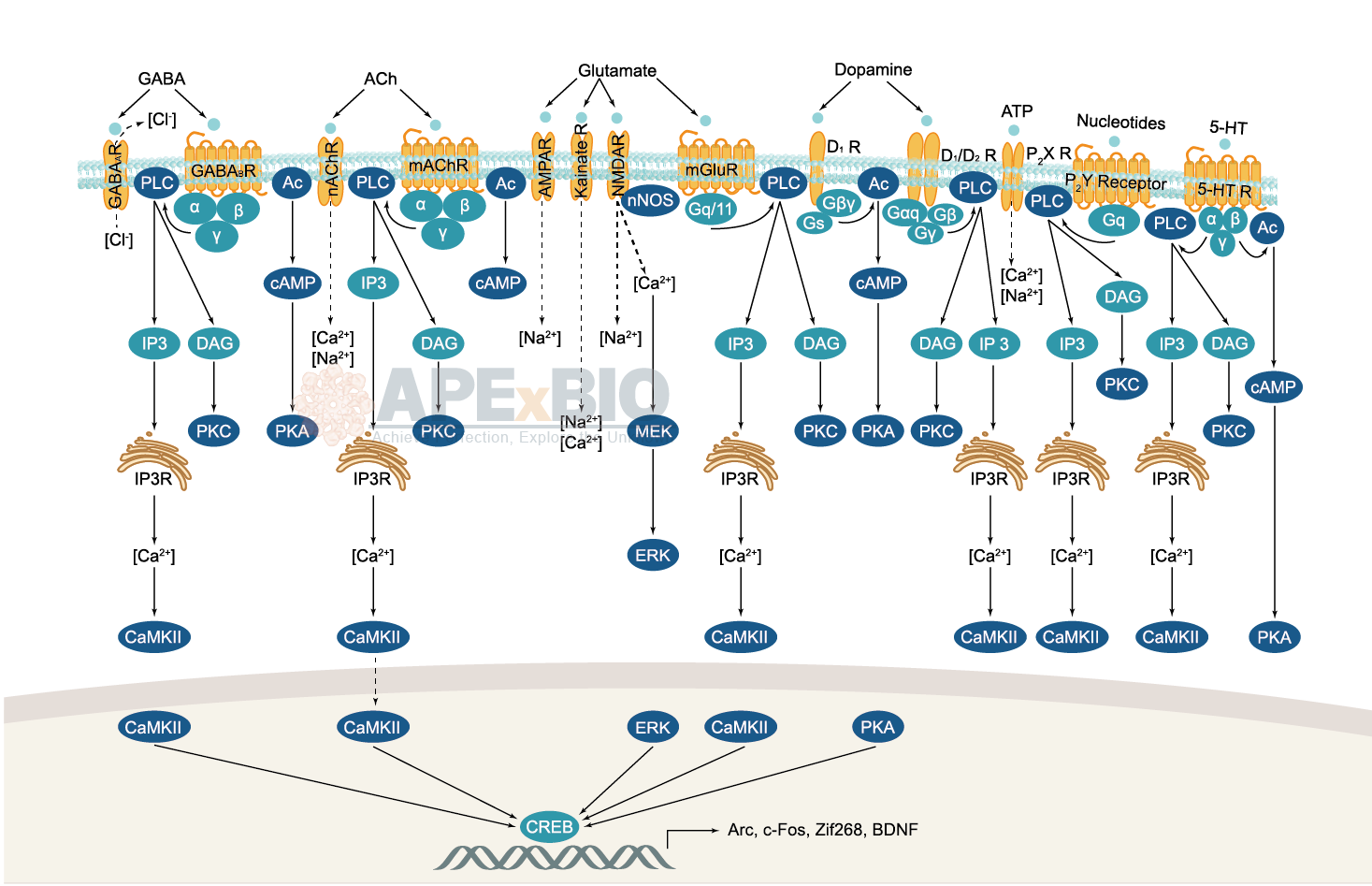
Neurotransmitter receptors function via various G-protein coupled and G-protein independent mechanisms that activate downstream intracellular signaling pathways such as cAMP/PKA, PI3K/AKT, phospholipase A2, and phospholipase C pathways. For instance, dopamine receptors act through adenylate cyclase to activate PKA and other signaling molecules, thereby mediate gene expression through the actions of CREB and other transcription factors. Other neurotransmitters such as NMDAR or AMPAR are associated with ion channels that control flux of Ca2+ and Na+, thus propagating the action potential across the post-synaptic neuron.
Dysfunctions in GABAergic/glutamatergic/serotonergic/dopaminergic pathways result in a broad range of neurological disorders such as chronic pain, neurodegenerative diseases, and insomnia, as well as mental disorders including schizophrenia, bipolar disorder, depression, and addiction.
-
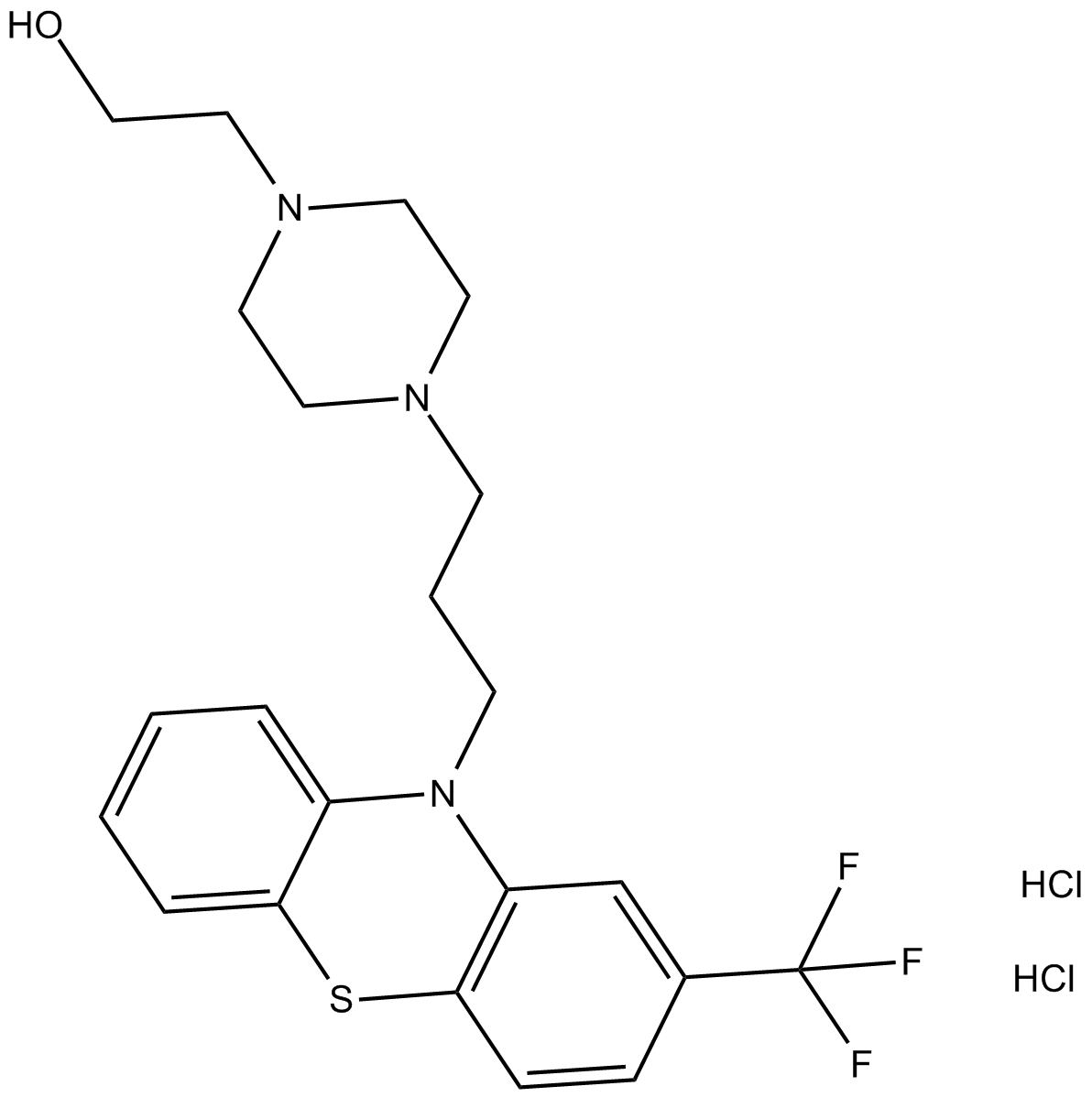 B6132 Fluphenazine dihydrochlorideSummary: phenothiazine-class D1DR and D2DR inhibitor
B6132 Fluphenazine dihydrochlorideSummary: phenothiazine-class D1DR and D2DR inhibitor -
 B6157 PerphenazineSummary: A dopamine antagonist
B6157 PerphenazineSummary: A dopamine antagonist -
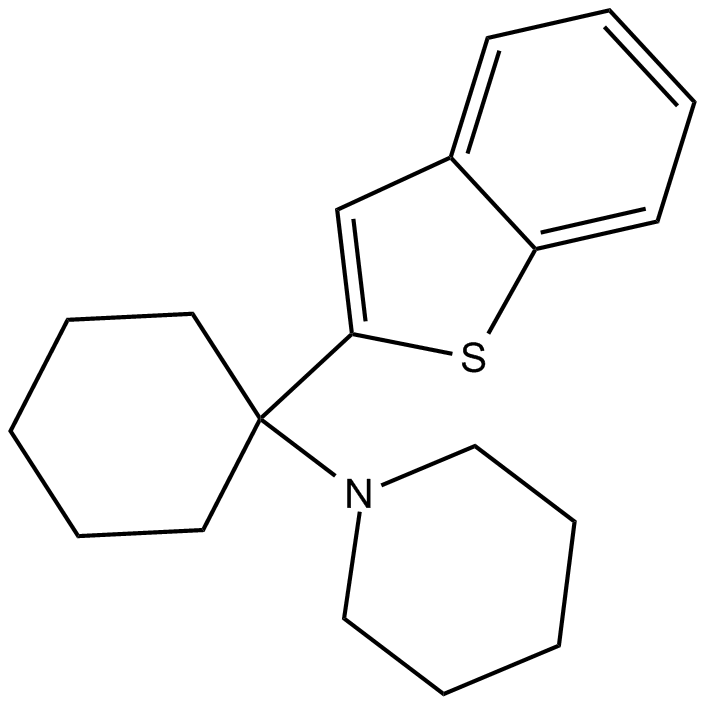 B7825 BenocyclidineSummary: dopamine reuptake inhibitor
B7825 BenocyclidineSummary: dopamine reuptake inhibitor -
 C3509 Chlorprothixene (hydrochloride)Summary: dopamine D2 receptor antagonist and GABAA receptor inhibitor
C3509 Chlorprothixene (hydrochloride)Summary: dopamine D2 receptor antagonist and GABAA receptor inhibitor -
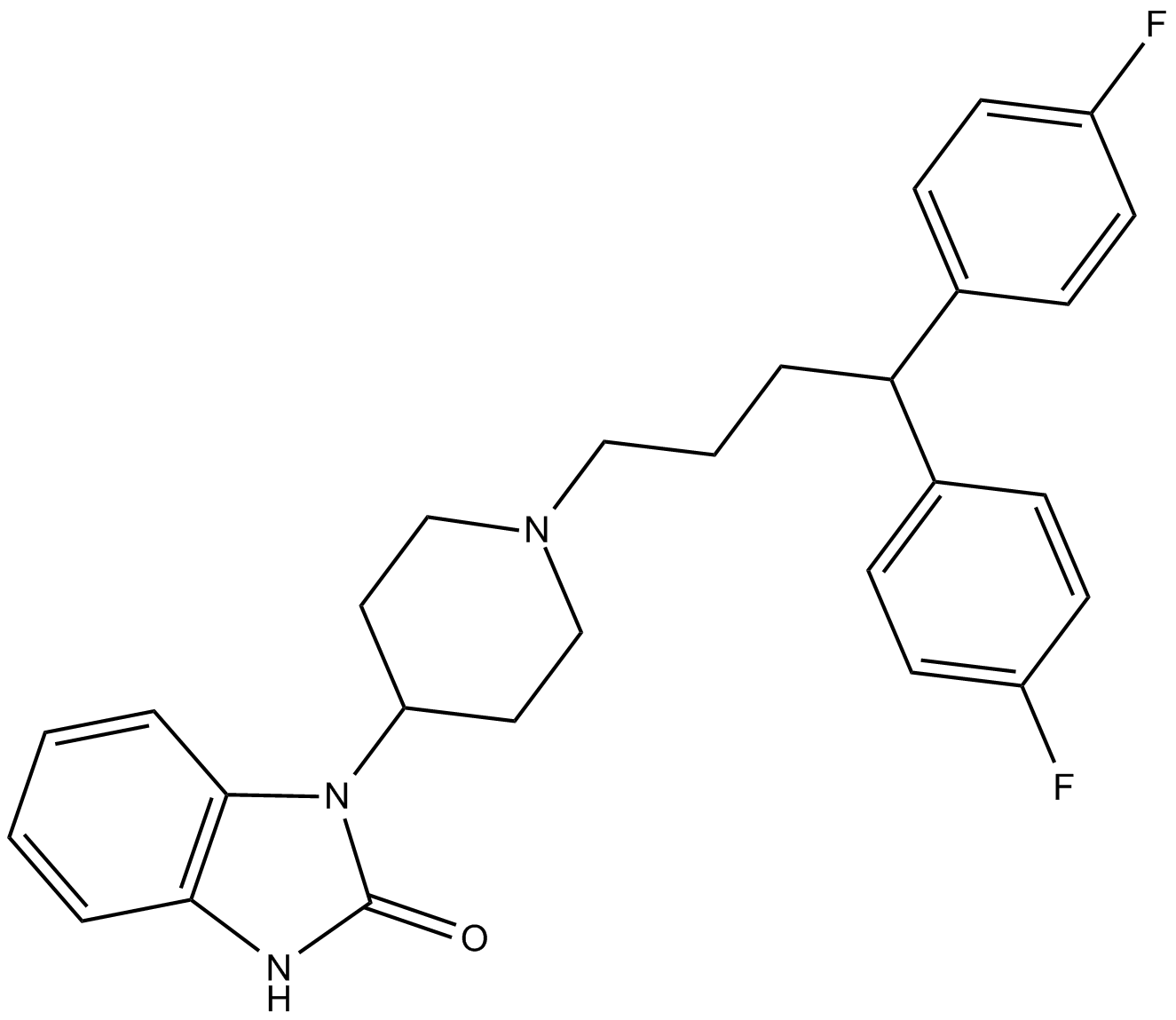 C3837 PimozideSummary: dopamine receptors inhibitor
C3837 PimozideSummary: dopamine receptors inhibitor -
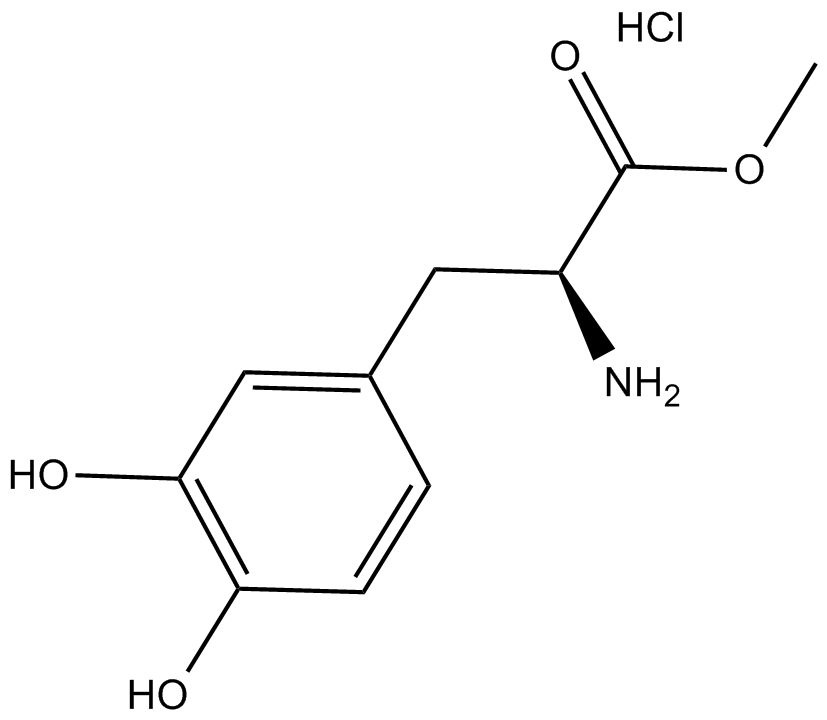 C3785 L-DOPA methyl ester (hydrochloride)Summary: dopamine D1 receptor agonist
C3785 L-DOPA methyl ester (hydrochloride)Summary: dopamine D1 receptor agonist -
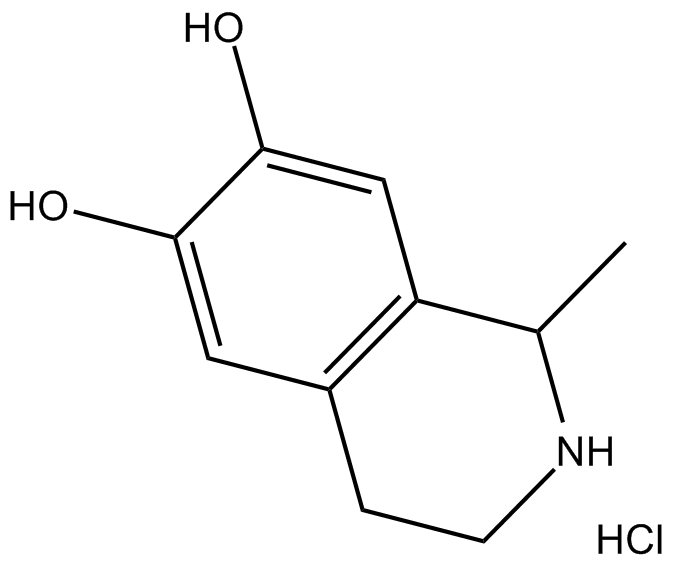 C4364 (±)-Salsolinol (hydrochloride)Summary: depolarize dopamineric neurons
C4364 (±)-Salsolinol (hydrochloride)Summary: depolarize dopamineric neurons -
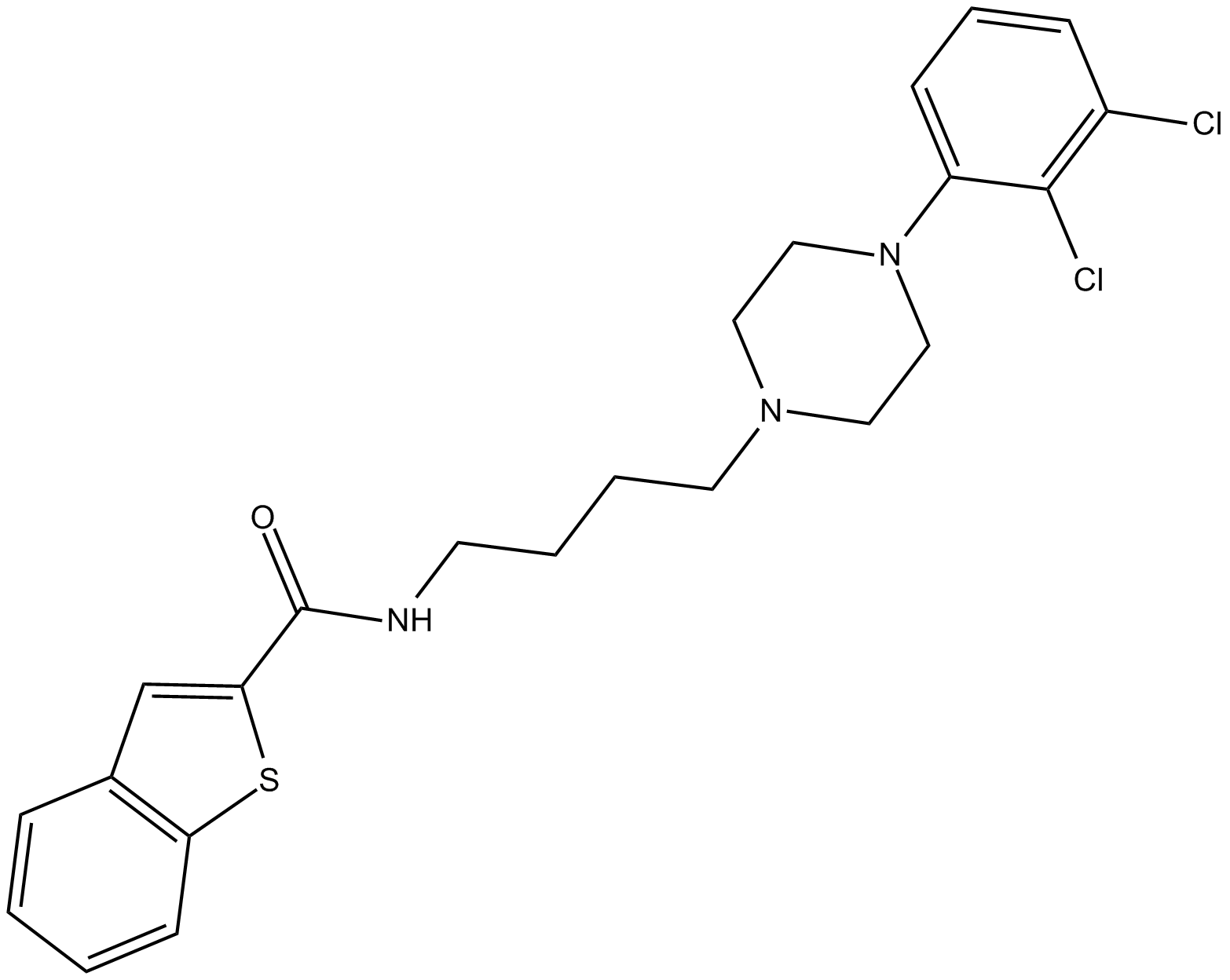 C4494 FAUC-365Summary: D3 dopamine receptor agonist
C4494 FAUC-365Summary: D3 dopamine receptor agonist -
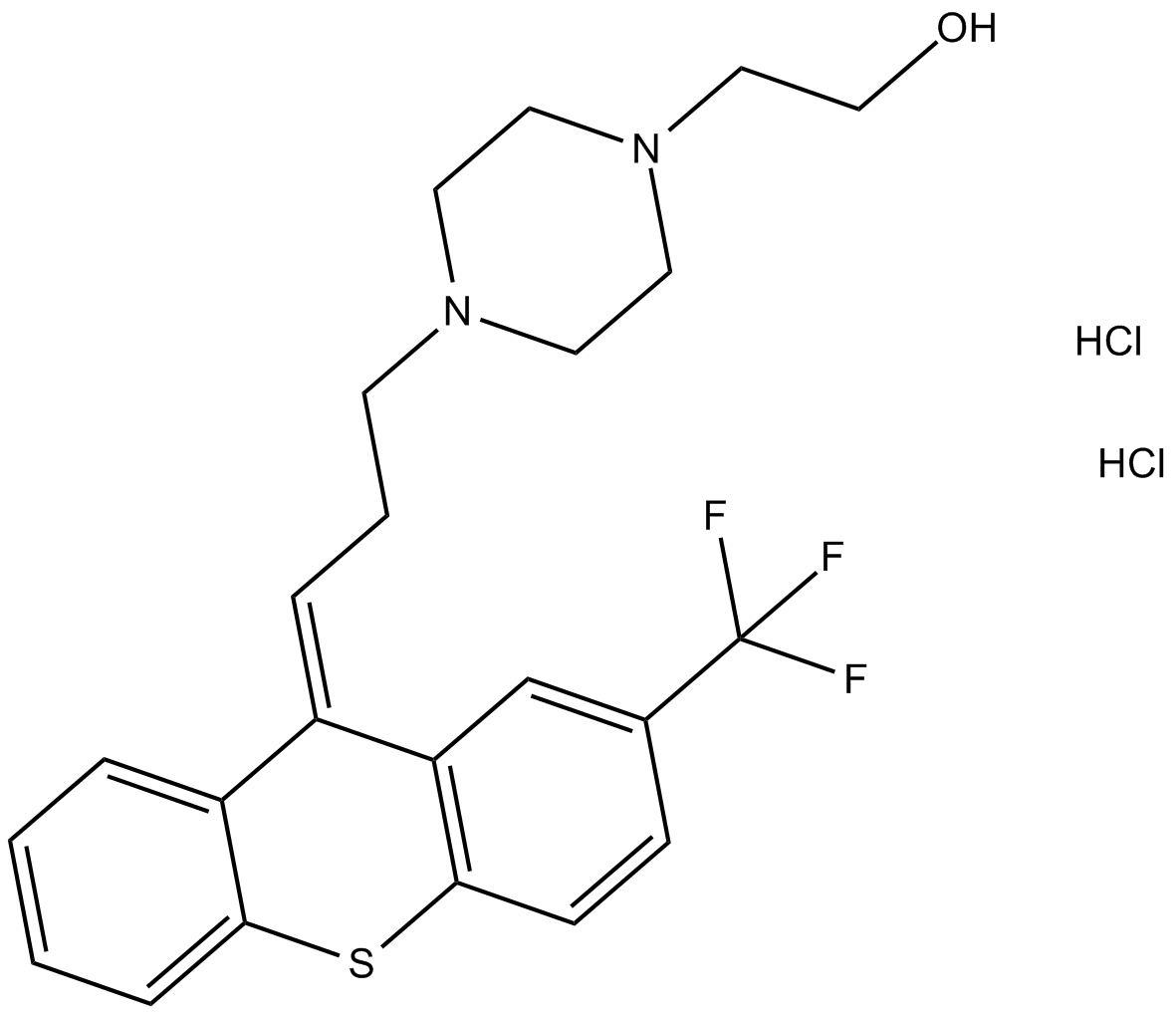 C5314 cis-Flupenthixol (hydrochloride)Summary: antagonist at dopamine D2 receptors
C5314 cis-Flupenthixol (hydrochloride)Summary: antagonist at dopamine D2 receptors -
 B2099 HaloperidolSummary: Antipsychotic drug
B2099 HaloperidolSummary: Antipsychotic drug

